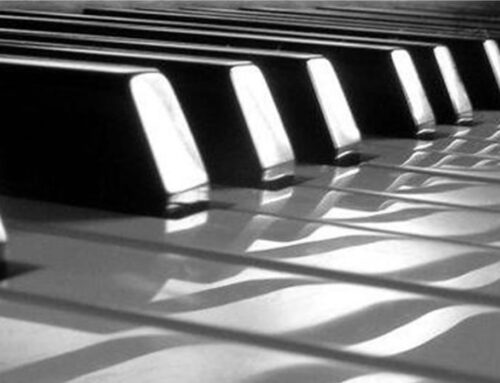Editing is an unobtrusive skill. If it is done well, the audience does not notice it, but is absorbed in its effect. During an exciting scene, for example, when the duration of shots is made shorter and shorter as the tension grows, the audience is only conscious of growing agitation, and fast-moving action.
There are certain established principles in the way one edits, and although like all “rules,” they may be occasionally disregarded, they have been created out of experience. Here are a few of the most common:
- Avoid cutting between shots of extremely different size of the same subject (close-up to long shot). It is jolting for the audience.
- Do not cut between shots that are similar or even matching (frontal close-up of one person to a frontal close-up of a second person); it will look as though they transformed from one to the other.
- Do not cut between two shots of the same size (close-up to close-up) of the same subject. It produces a jump cut.
- If two subjects are going in the same direction (chasing, following), have them both going across the screen in the same direction. If their screen directions are opposite, it suggests that they are meeting or parting.
- Avoid cutting between still (static) shots and moving images (panning, tilting, zooming, etc.), except for a specific purpose.
- If you have to break the continuity of action (deliberately or unavoidably), introduce a cutaway shot. But try to ensure that this relates meaningfully to the main action. During a boxing bout, a cutaway to an excited spectator helps the tension. A cutaway to a bored attendant (just because you happen to have the unused shot) would be meaningless, although it can be used as a comment on the main action Bleu Arc.
- Avoid cutting to shots that make a person or object jump from one side of the screen to the other.
When cutting between images of people, avoid the following distracting effects:
- Mismatched camera angles.
- Changes in headroom.
- Jump cuts. Avoid cutting between shots that are only slightly different in size. The subject will suddenly appear to jump, shrink, or grow.




Leave A Comment